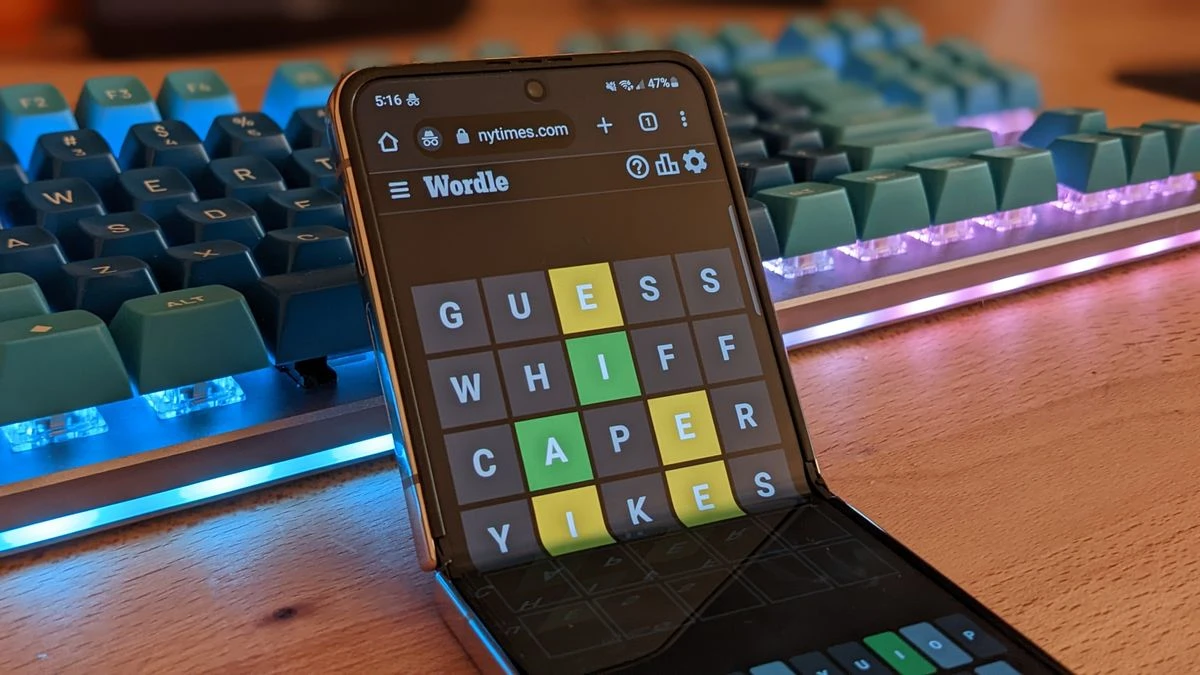AMD confirms that it is working on a Ryzen Z2 processor for next-generation handheld PCs even though only two vendors are currently using the Z1
It has been confirmed that AMD's Ryzen Z1, an all-in-one chip that powers the Asus ROG Ally, Ally X and Lenovo Legion Go will be replaced by a newer version. The semi-custom chip, officially called the Ryzen Z2, won't be available until next year. It's hoped more vendors will use the Z2 than the original Z1.
Even if you are only a casual gamer, you will have noticed that almost all vendors use an AMD Ryzen processor. Steam Deck uses a custom-designed chip for the handheld. Most handhelds, however, use a Ryzen 7 7840U.
The devices from Asus or Lenovo use a customised APU called the Ryzen Z1 (or the better Z1 Extreme). I say custom, but it's the same processor with a different TDP (15W in the case for the Z1 Extreme and 28W for the 7840U). Oh, and also the AI chip is disabled.
It's easy to see why many handheld gaming PC vendors chose the standard 7840U. I assumed this would become the new standard for such devices. In an interview with PC World AMD confirmed that the Ryzen Z2 is definitely in development and that the company expects it to be available "probably in the early part 2025."
PC World was unable to get any more information from AMD, so we are left to make educated guesses about what APU will be used in the Z2. Strix Point aka Ryzen AI 300 is the obvious choice. The Ryzen AI 9HX 370, for example, has the same TDP of the 7840U and so is a good fit for most portables.
The Z1 Extreme has eight Zen 4 CPUs and 12 RDNA 3.5 compute units (CUs) to handle graphics, while the HX 370 has four Zen 5, eight Zen 5c, and 16 RDNA 3.5 CUs. Both chips have a CPU boost clock at 5.1 GHz, but the latter's GPU boost clock is 2.9 GHz compared with the former's 2.7 GHz.
If the Ryzen Z2 really is just a renamed Strix Point, it should offer up to 43% more graphics performance than the Z1 Extreme. If AMD customises the Ryzen Z2, such as by reducing the amount die space dedicated to AI accelerator and putting it toward more CUs then it could be a powerful little processor for handheld computer gaming.
AMD hopes that more vendors choose the Z2 chip over a standard off-the shelf chip, but there are some obstacles in the way. Semi-custom chips tend to be more expensive than standard ones, and even though it's a small difference in price, every penny counts when it comes to the PC industry.
Ayaneo, a smaller company, will not absorb the cost.
Intel's Lunar Lake chips are another option. We haven't tested it thoroughly yet, but the early indications are that it is a great little laptop chip. It could also be ideal for handheld gaming. If it proves to be better than Strix Point then handheld vendors will choose it over a semi custom AMD chip, unless it is really expensive.
The handheld gaming PC market in 2025 is going to be very competitive, and we will be spoilt for choices when it comes down to the chips that power each device. Next year, we'll be doing a lot of testing!




Comments